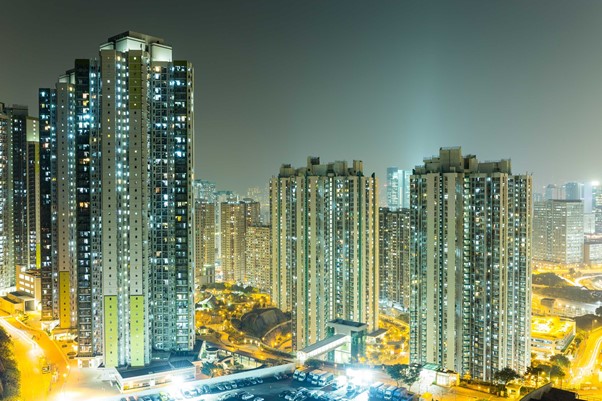
Did you know that gravity makes simple facility management tasks in super-tall structures more complicated? A leakage in a tall building has ten times more gravitational force than that of normal buildings, and it develops massive pressure compared to other buildings. The pressure is not exclusive to water only but also electricity. What’s more, even the evacuation is difficult in high-rise buildings. Therefore, being proactive in gathering the right information from critical systems is essential to mitigate problems before they take place.
Maintenance in super-structures
Let’s talk about the Burj Khalifa, for instance. The monumental Burj Khalifa has 24830 windows. A team of 36 workers worked for three months with a total of 17000 work hours just to clean the building. That’s the minimal extent of work in a structure that requires so many other types of maintenance, which includes:
- Maintenance of HVAC systems.
- Maintenance of fire detectors, alarms, and sensors.
- Painting and plastering.
- Maintenance of infrastructure.
- Doors and windows repairs.
- Decoration and cleaning.
When managing 100 storied buildings, it is essential to know how much each point can consume, from working hours to laborers to how efficiently the money is spent. After thorough calculations of all the data inputs, you should develop a marginal costing plan for all the types of maintenance needed, followed by an execution plan that assigns specific jobs within the working labor force or the maintenance team. Popularly, progressive managers utilize facility management software to streamline multiple aspects of maintenance and space optimization.
The role of facilities management
Facilities management (FM) is responsible for not only the building it manages but also its occupants. Facility managers are responsible for ensuring the highest standards of health, safety, security and maintaining the infrastructure and comfort levels. High-performing structures require a host of interconnected solutions, teams, and mechanical operations to work together seamlessly for their proper maintenance and functioning. In super-tall buildings, the challenge amplifies.
Ali Al Suwaidi’s, board member of the Middle East Facilities Management Association (MEFMA), explanation for super-tall structures is that they are vertical cities in the air. Facilities management in tall buildings is like being in charge of an airplane, he added. Besides gravity, there are many other aspects to facilities management in tall buildings, like wind velocity alarms.
In super tall buildings, potential accidents also have heightened risks for the occupants in the building. It is crucial for facility management teams to constantly remain on top of building operations, mechanics, and equipment to ensure that all systems are functioning effectively and appropriately.
Breaking down the maintenance of skyscrapers
An essential aspect of maintenance is that constant and regular observation will minimize risks. Here are seven types of maintenance to be considered in construction:
- Planned maintenance: Maintenance that is planned, documented, and scheduled, such as cleaning drain lines every six months.
- Preventive maintenance: Performed to keep something in working order and extend its life before the problem takes place. For example, replacing cracked roofing tiles before cold weather.
- Corrective maintenance: Repairing something that breaks down, such as replacing broken windows.
- Front-line maintenance: Maintenance of something that is still in use, such as decorating and repainting a preoccupied building.
- Proactive maintenance: Type of maintenance performed to avoid failures or identify flaws that could lead to breakdowns. Preventive maintenance is one of the most common forms of proactive maintenance.
- Reliability-centered maintenance: Corporate-level maintenance strategy to ensure physical assets continues to function properly.
- Scheduled maintenance: Maintenance that is scheduled in advance and performed within a set timeframe to reduce reactive maintenance, equipment failure, and maintenance backlog.
Wrapping up
Super-tall buildings are beautiful and inspiring structures. Customers and employees alike enjoy visiting and working in such buildings. But the building’s attractiveness will only remain as long as it’s properly maintained. Creating and maintaining a safe environment for all building occupants is of paramount importance for maintenance management teams. Modern maintenance management systems have a role to play in the enforcement and monitoring of these standards as we can the technology to gain insights into not only how the building is performing but also how it is being used by its occupants.












